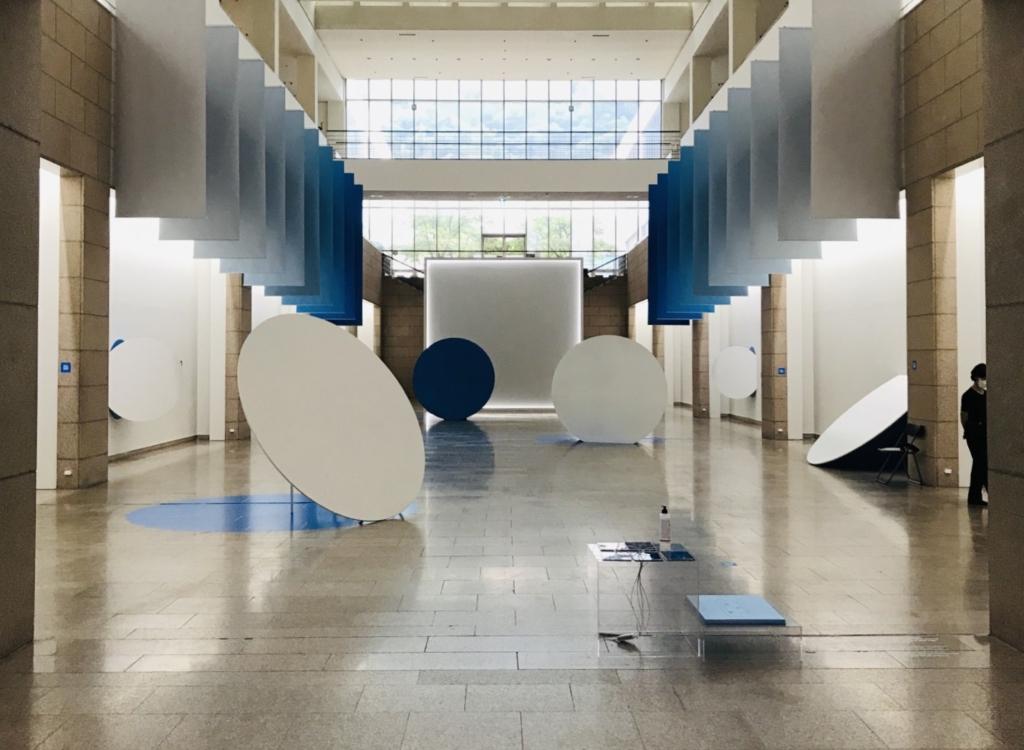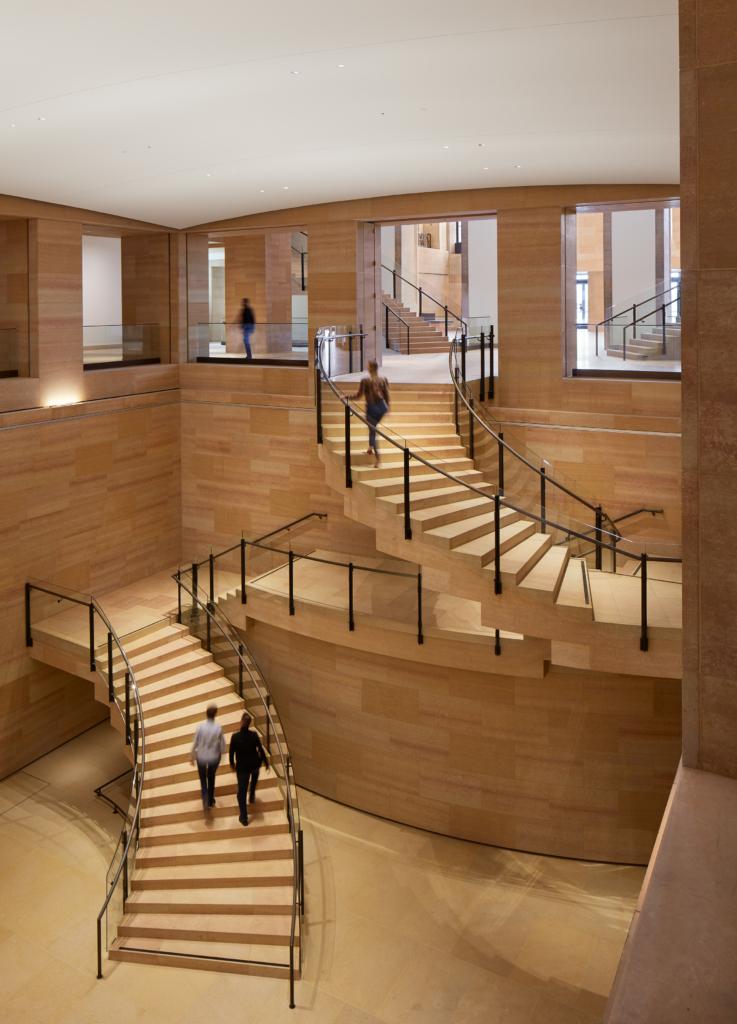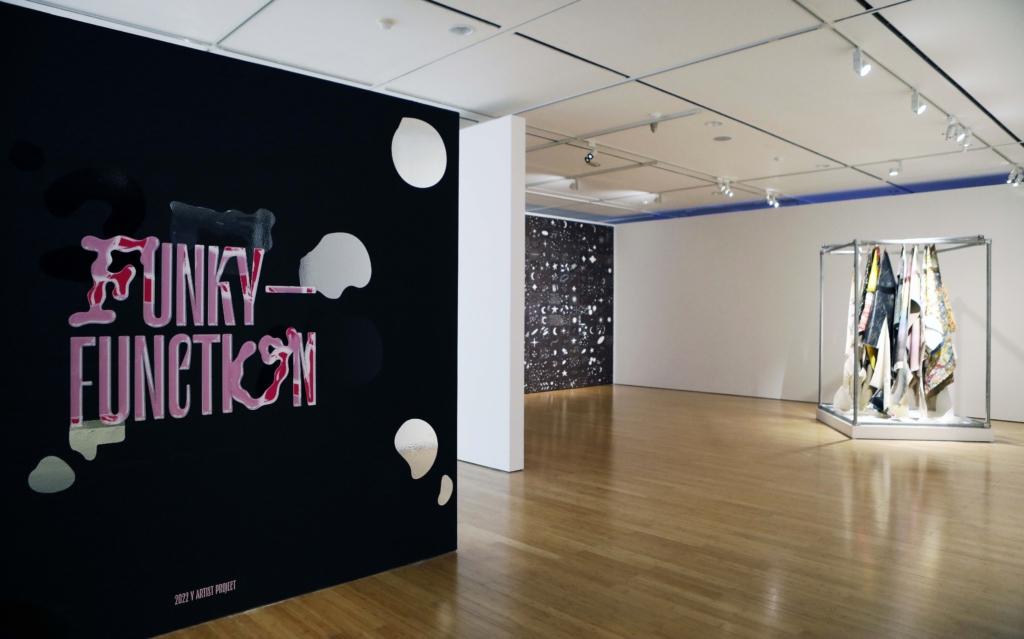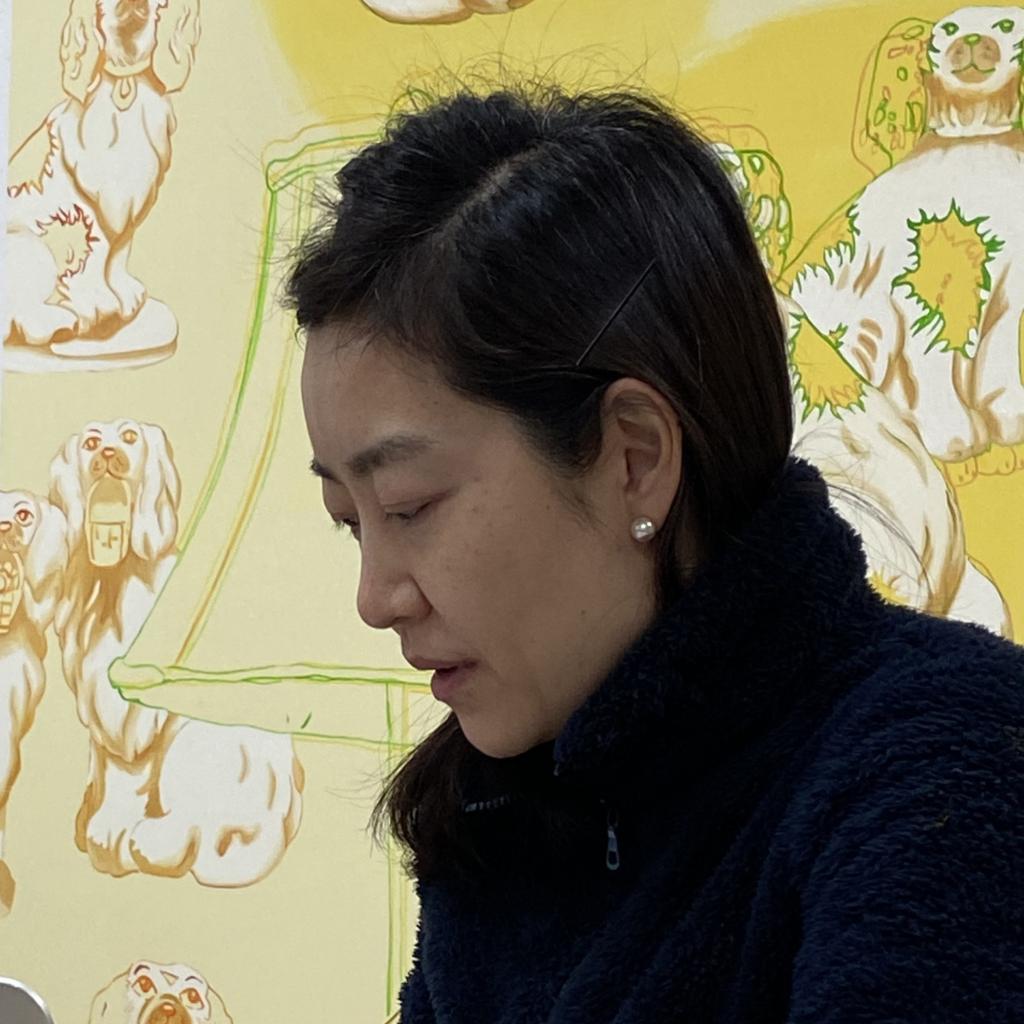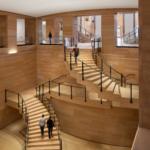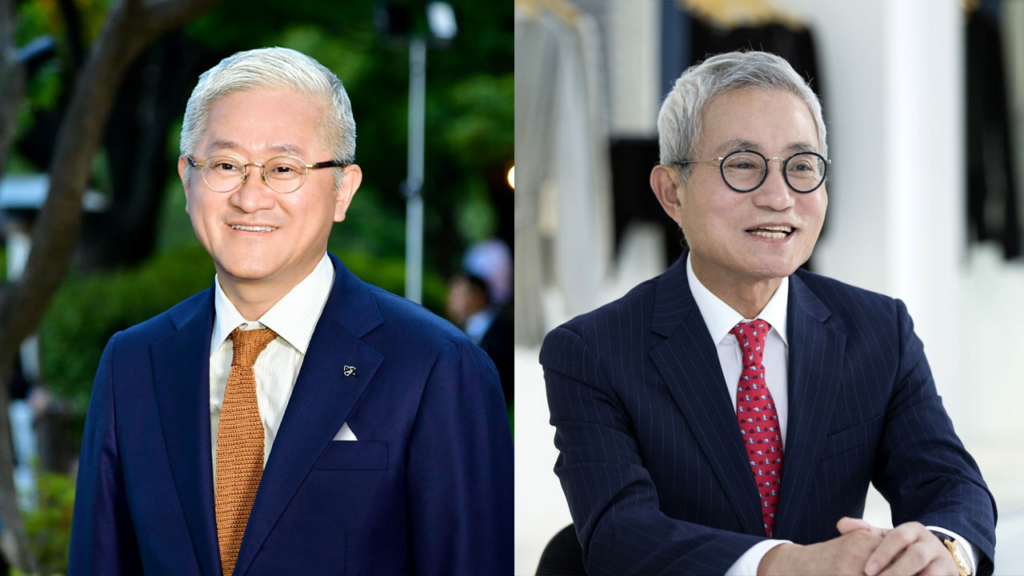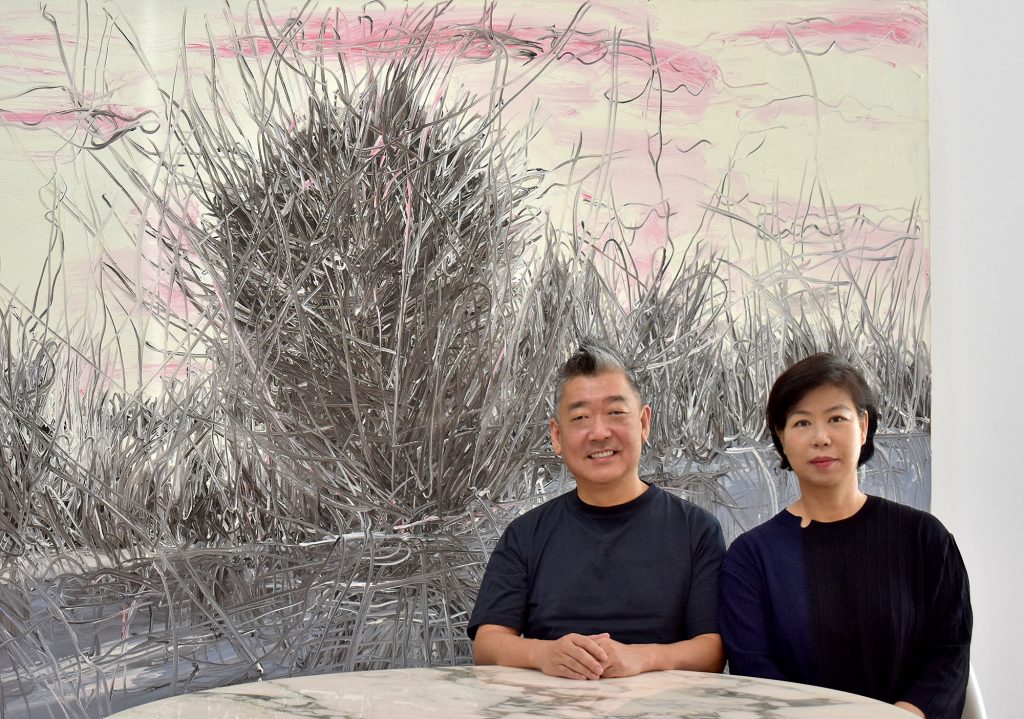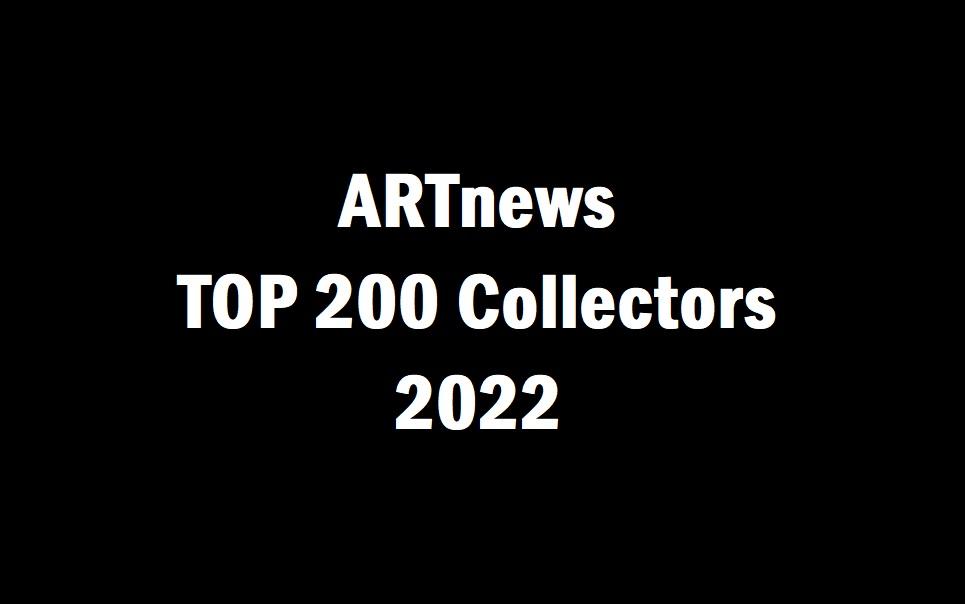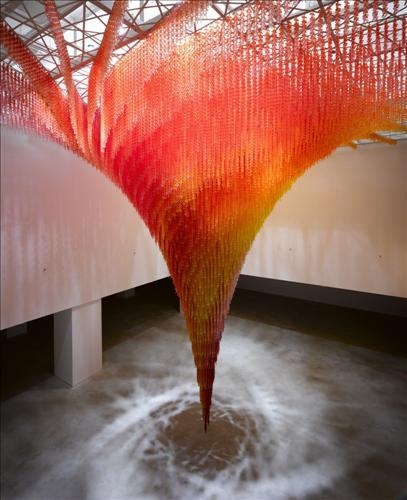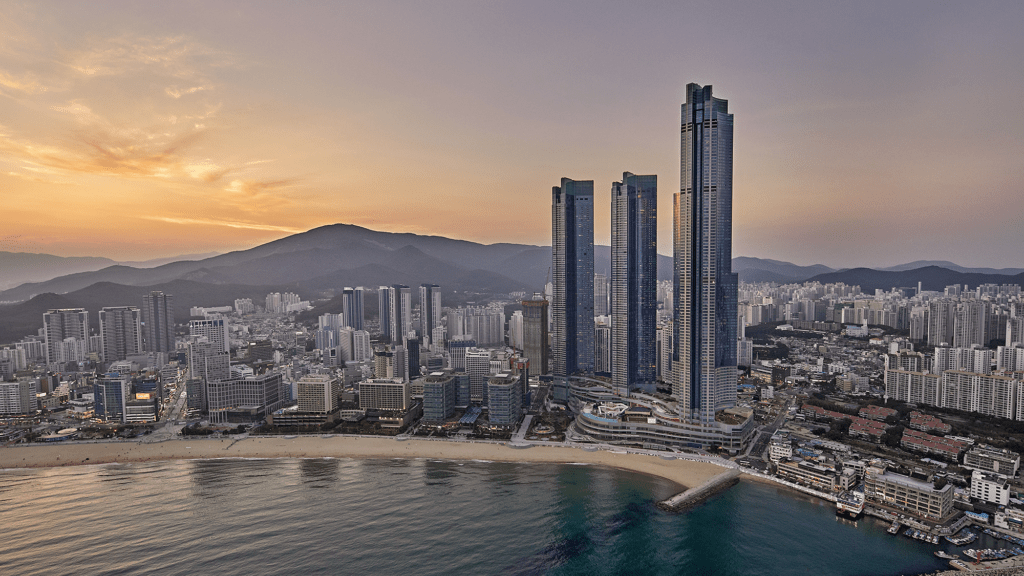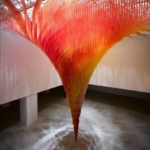Korean Distribution Industry Combines Art and Business to Attract Young Art Collectors
Lotte Department Store, one of the big-three distribution companies in Korea, will get involved in the art market industry along with Shinsaegae.
On March 28th, Seoul Economic Daily sent out an exclusive report that Lotte Department Store will hold its own art fair at Signiel Busan, one of Lotte’s hotels, from May 13th to 15th.
In 2021, Lotte opened an online gallery and held offline contemporary art exhibitions at its six department stores across the country. The store established an art business division last year to solidify its position in the art market, and this department will work on the upcoming art fair in May.
Shinsegae, which branched out in the art market earlier, invested a total of 28 billion KRW (approximately $23.5 million) in Seoul Auction in 2021, securing 4.82% of the art auction house’s stake. Further, the company has developed its own mobile digital art gallery platform and has held art auctions.
Hyundai Department Store worked with the Busan Annual Market of Art (BAMA), one of the major art fairs held in Busan and which held a preview event at the newly opened Hyundai Seoul last March. The ‘2022 BAMA Preview in The Hyundai Seoul’ ran online and offline, showing a number of works by prominent artists, including the works of Lee Ufan, Andy Warhol, and Yayoi Kusama.
Many market players saw this new art market wave in the Korean distribution industry as part of an effort to secure a younger consumer group.
While COVID-19 greatly stagnated the retail industry, large department stores have still seen a surge in sales and customers, and distribution companies claim that the major cause of this gap in the two industries stems from the so-called MZ generations, born in the early 1980s and early 2000s, has emerged as a major consumer segment.
The Chosun Ilbo reported that, in 2021, a large portion of the sales in the three major department stores has been driven by consumers in their 20s and 30s: 41.2% for Shinsegae, 35.9% for Lotte, and 43.4% for Hyundai. In the case of the Hyundai Department Store, they have hit a record in sales last year by creating various art and culture spaces in their buildings to target and engage with the younger customers.
These changes are also taking place in other industries. ‘The Preview with Shinhan Card’ is an example of a Korean credit card company holding its own art fair, which specifically targeted the MZ generations. The art fair has so far reached 600 million KRW (roughly $49,000) at its first edition held last year. The second edition will take place at the S Factory in Seongsu-dong, Seoul from April 28 through May 1, 2022.
The MZ generations are attracted to activities that mirror their values and cater to their individual preferences. These new consumer cohorts consume for show, but they are also sensitive to consuming brands and goods that contribute to social value. Experts say that these values are leading them to collect artworks that encourage others to continue their creative and positive contributions to the world.
It can be understood that this new art market strategy in various industries is being conducted to provide new experiences tailored to the tastes of young consumer cohorts. Providing such opportunities and environments can build a positive corporate image, which leads to securing a new customer base by participating in the rapidly growing art market.
Aproject Company. Co., Ltd | Founder & CEO : Jay Jongho Kim
216 Dosan-Daero, B2F, Gangnam-gu, 06047 Seoul, Korea
Business Number : 894-88-01945
Contact : aproject.company@gmail.com
Mail-order-sales registration number : 제 2021-서울강남-04243 호






















